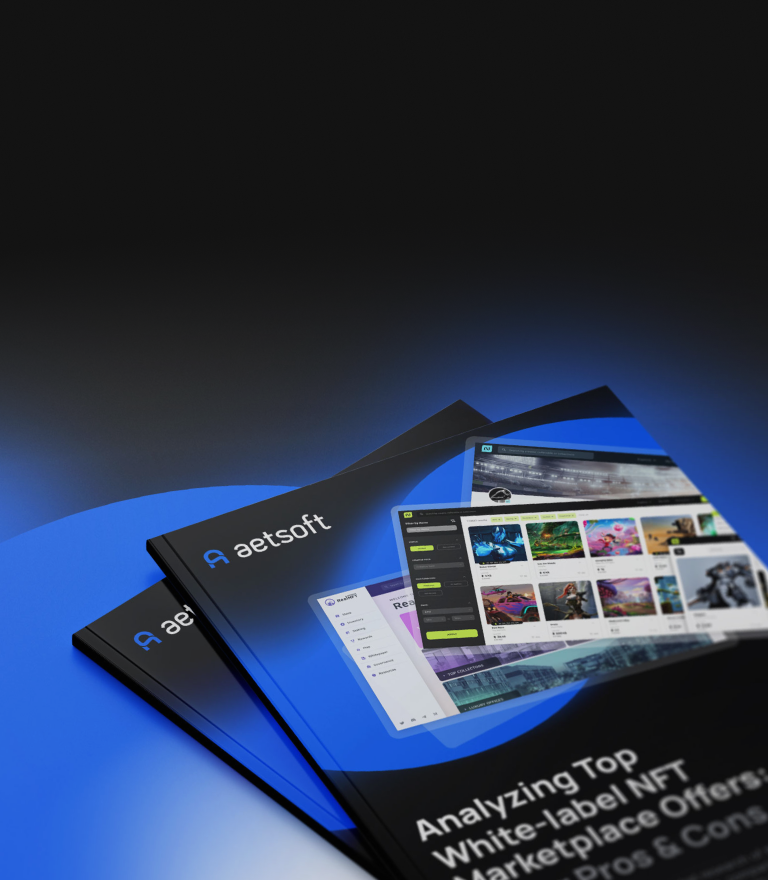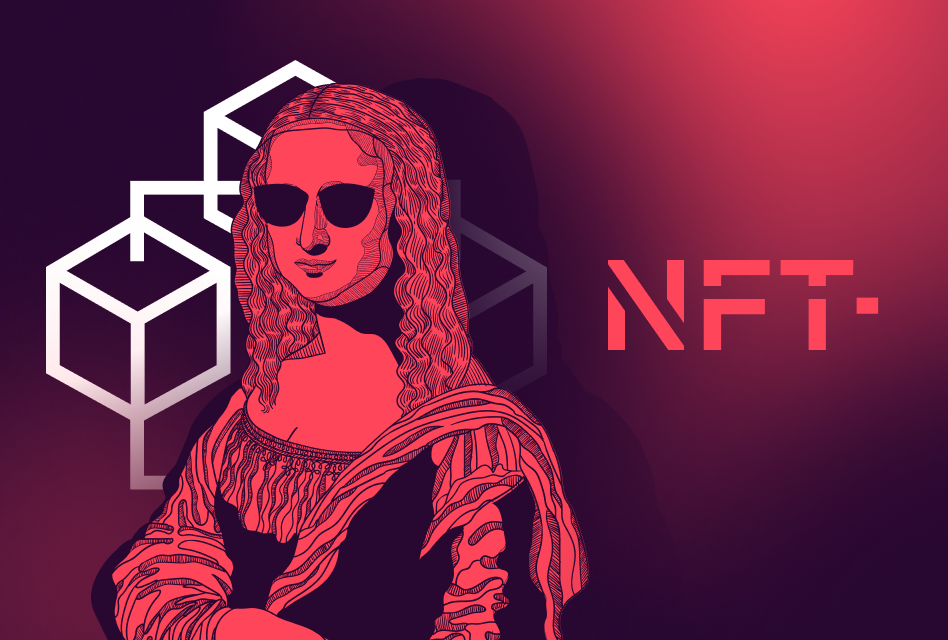Thanks to their rich possibilities, DeFi applications already transcend ordinary payments, becoming more versatile in use than one could imagine at the beginning of this journey. Now, it’s time to open a new page in DeFi applications’ history and find what these new applications are. So, let’s see.
8 DeFi Applications Beyond Payments
Decentralized Exchanges
Most often, those are called simply “DEXs,” online trading platforms where digital assets are traded or exchanged. Operating on a blockchain, they run without supervision from a centralized authority. Often, they make the market themselves (like Curve of Uniswap), using simple mathematical rules to define a token price. Alternatively, they may use a bidding system where users are asked to offer their own prices.
DeFi marketplaces are similar in their mechanics to DEXs, but in contrast with the latter, they allow trading digital goods as non-fungible tokens — unique assets that cannot be replicated — in a trustless environment. Typically, this is achieved with the help of smart contracts.
Decentralized Insurance
In their operation, DeFi insurance platforms much resemble traditional insurance brokers, meaning that the same way you take insurance to secure yourself against any force majeure, you can apply to a DeFi insurance platform with the same purpose.
Yet, there are several significant differences. First, DeFi insurance solutions can protect you against a wider range of unprecedented events that traditional insurers cannot cover like market crashes, smart contract failures (yes, those are possible, though rarely), identity theft, or other incidents. Second, decentralized insurance allows underwriters, or investors, to share a risk and get an insurance premium in return. Thanks to public smart contracts, the terms of premium’s payout are transparent so that investors can make agreements in absolute transparency.
Open Lending Systems
The development of digital lending and DeFi solutions at some point culminated in the birth of DeFi lending solutions, or open lending systems. These decentralized applications bring together lenders and consumers, where the former can lend funds in the form of digital assets to the latter. Alternatively, users can borrow funds from other users. In the first case, lenders earn interest from the borrowers, and in the second, borrowers should pay interest on top.
In both cases, borrowers need collateral that is worth considerably more than the loan amount, and need to maintain it above a certain threshold to protect themselves. Otherwise, they will likely have to sell the collateral to reimburse the debt.
Digital Identity Solutions
With a unique digital identity, a person can seamlessly access digital services from any part of the world. Once the identity is confirmed, you don’t need to confirm it again; when you further access connected services, the identity will be confirmed automatically.
Digital IDs proved themselves to be faster hence more convenient proof-of-identity means than physical documents or ID cards. At this point, DeFi-focused digital identity initiatives are now forming to support related digital identity solutions with blockchain as a core technology.
Energy Marketplaces
Energy is already treated as an alternative form of currency, that’s why smart energy grids are being actively developed now, with data being the main source of power. Data is vital for arranging communications between mobile and other devices, and thus, the energy market becomes critical for some, especially in developing countries.
Electroneum is one of the DeFi pioneers in the energy industry. The platform utilizes blockchain to provide the poor with access to the digital tools they need to live a normal life. The creators argue their solution as “energy-wise,” meaning that it consumes little energy — just 10% of an average UK household per validator.
Moreover, DeFi allows for p2p energy trading, with the ability for consumers to sell back surplus energy they don’t need. In this case, the energy goes back to the grid. Here, providers mainly focus on renewable energy and its possibility to bring carbon neutrality to our planet.
New Compliance Mechanisms
Financial systems tend to strictly follow KYC and AML practices. Yet, when it comes to payments, fraudsters still have leeway. Luckily, DeFi tools go beyond traditional KYC practices by introducing a KYT mechanism. KYT stands for “Know Your Transaction,” meaning that the decentralized system focuses on transaction behaviors, not the users themselves.
In this way, KYT allows monitoring transactions’ nature in real-time and ensuring the users can make them in absolute privacy.
Data & Analytics
Thanks to overarching transparency of transactions and network activity, DeFi opens new, previously unseen opportunities for data analytics. Mainly, one could derive insights for risk management and more informed decision-making. There are already dedicated DeFi analytics tools like Codefi Data and DeFi Pulse where users can track data on DeFi protocols, evaluate risks, and more.
DeFi Component-based Development
In DeFI protocols, individual components are easily connected. Thus, in DeFi applications, the code is composable, meaning that third-party developers can easily build upon it by adding new components to the existing ones. For their infrastructure’s simplicity, DeFi applications have been called “money legos.”
Request your DeFi Application Now
Do you need a powerful DeFi application for finance or other industry? Trust your DeFi application development to Aetsoft! Our developers can help you build a state-of-the-art DeFi solution operating with a focus on security, wide availability, and transparency inherent in blockchain.
Power up your operation to stay on the innovative edge! We deliver DeFi solutions for every business involved in trading, money exchange, insurance, investment, and other forms of transactions easily adopted across industries.
Explore our services in detail at https://aetsoft.net/services/defi-development/





